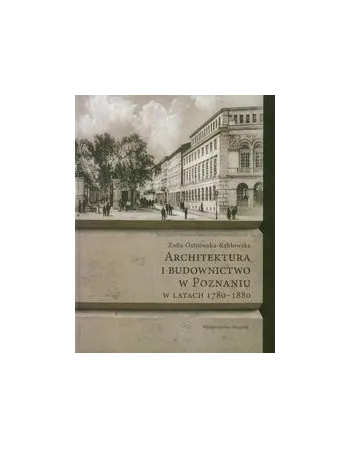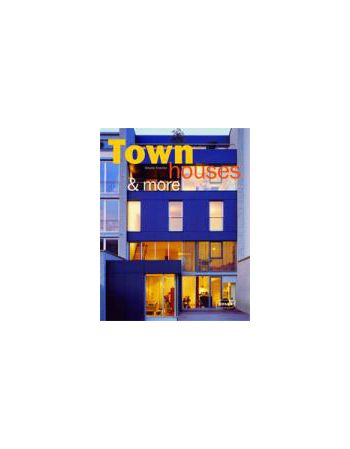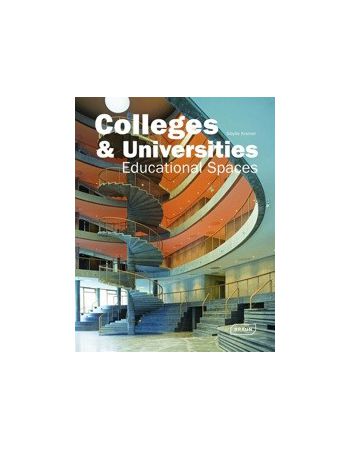Architektura i budownictwo...
80,85 zł
Cena
Wszechstronna prezentacja XIX-wiecznej architektury Poznania, w ramach której poszczególne obiekty i ich zespoły, zarówno mieszkalne, jak i użyteczności publicznej są omawiane i analizowane w szerokim kontekście. Kontekst ten stanowi nie tylko całość miasta, jego układ urbanistyczny, ale także środowisko mieszkańców - twórców i odbiorców, relacje ekonomiczno-społeczne, polityczne, kulturowe, przestrzenne. Punkty odniesienia dla XIX-wiecznego Poznania stanowią zarówno ówczesne Wielkie Księstwo Poznańskie i całe państwo pruskie, jak i ziemie polskie pod innymi zaborami. Dopiero analiza uwzględniająca te wszystkie czynniki umożliwia zrozumienie charakteru zabudowy Poznania i uchwycenie jej niejednorodności.



